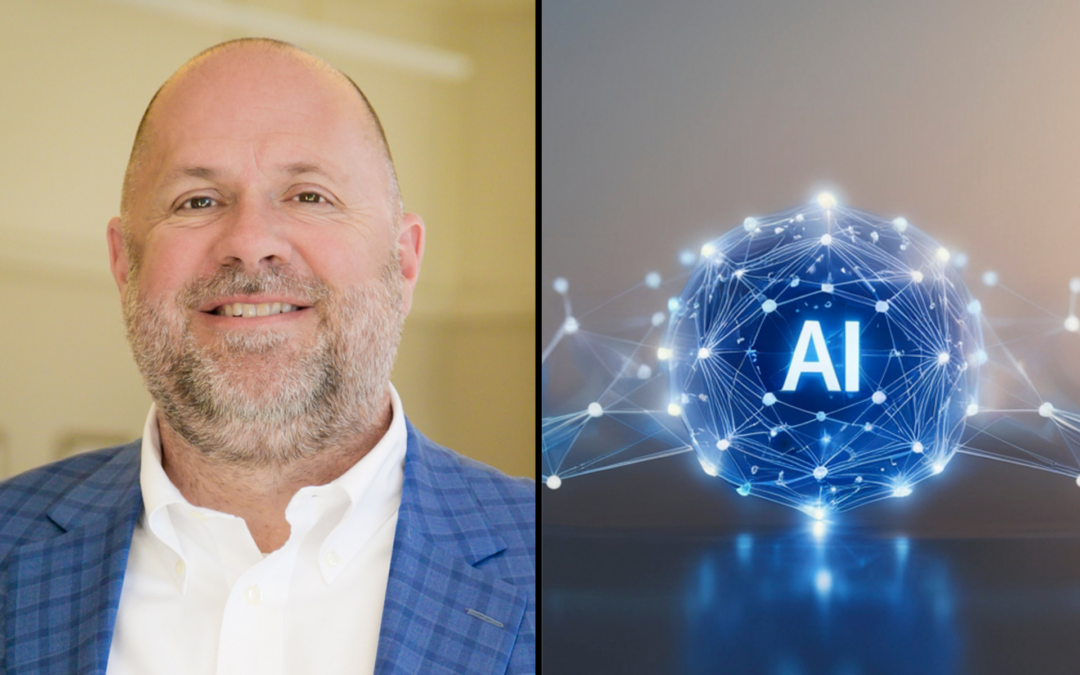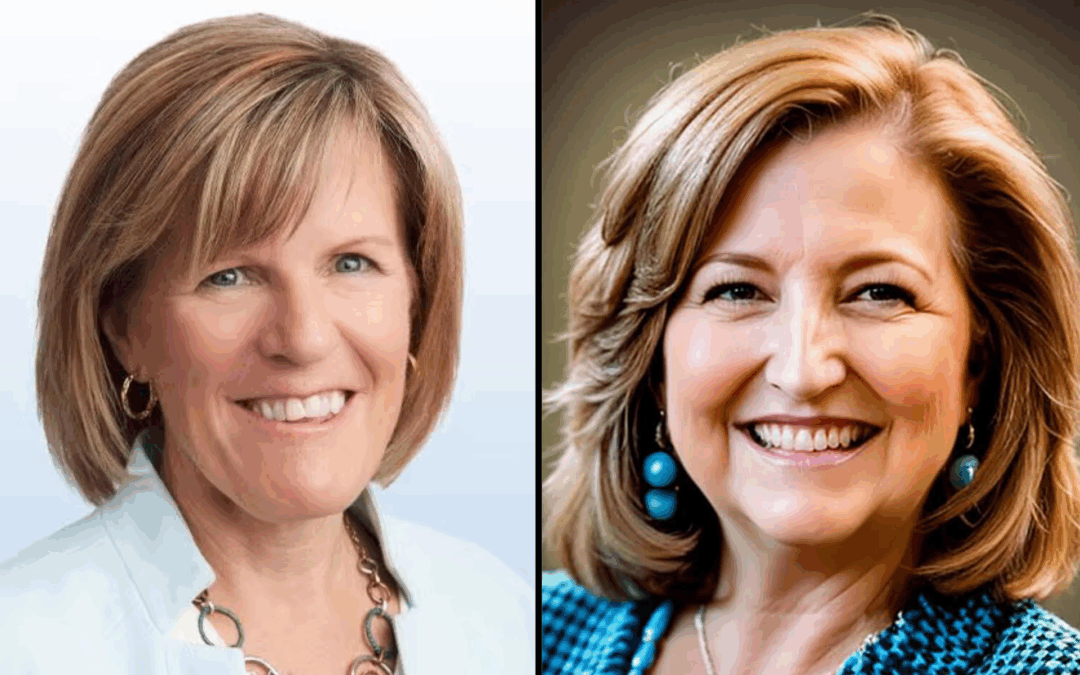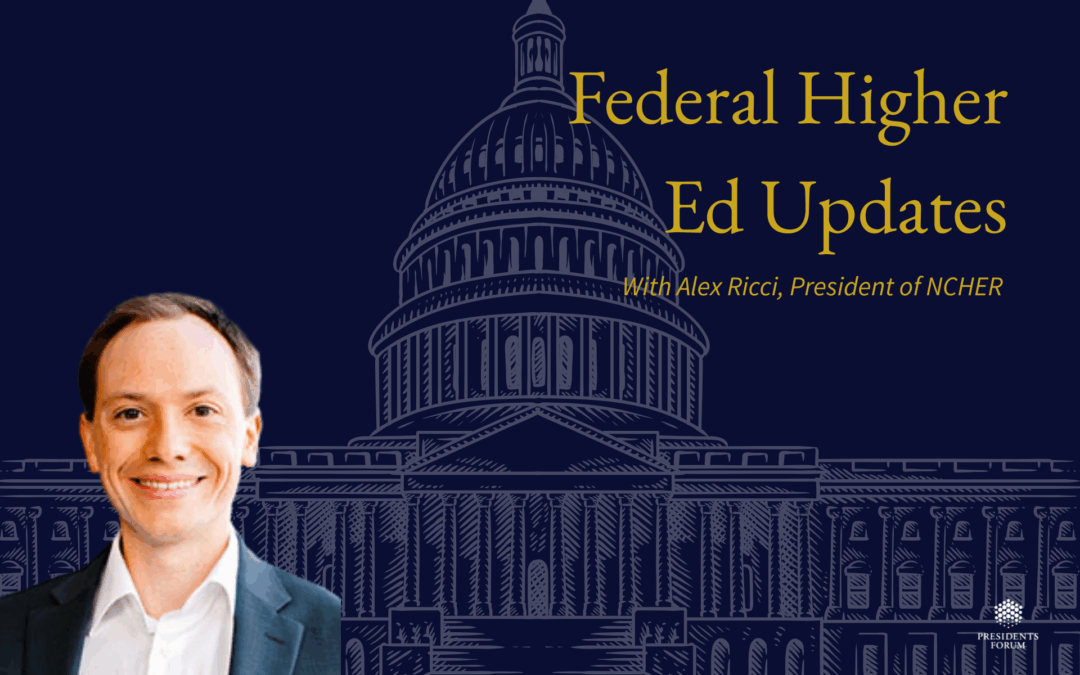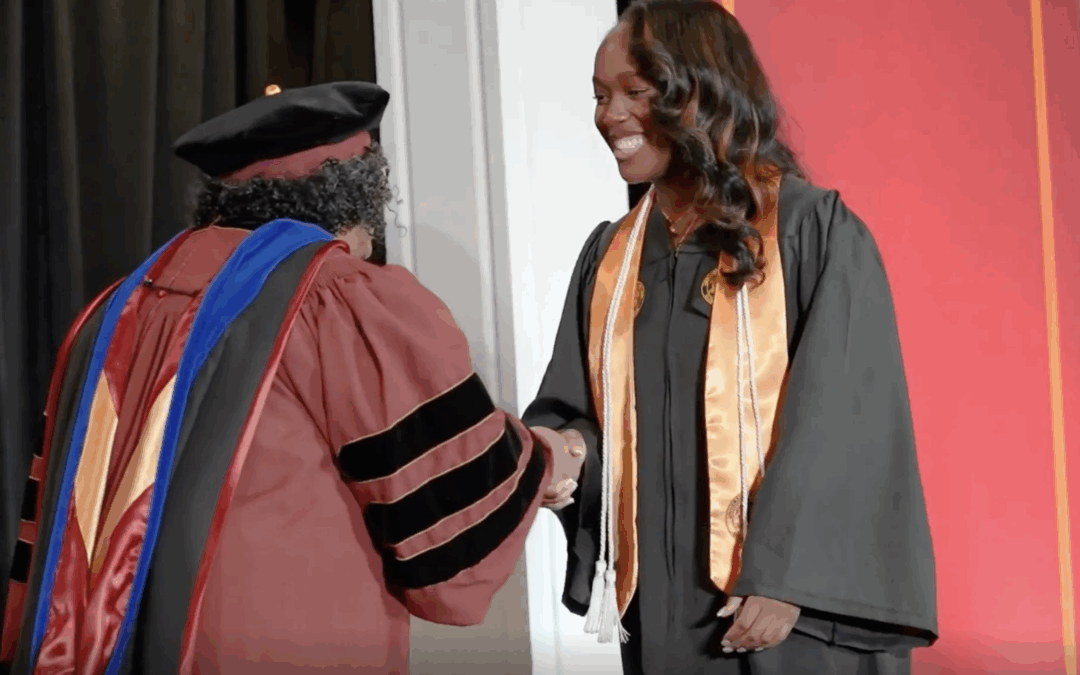
How AI Turned Public Comments Into Policy Insight
How AI Turned Public Comments Into Policy Insight
Why it matters:
Public comment processes shape federal policy, but volume has made them hard to use. AI is changing that.
What happened:
Analyst Phil Hill used AI tools to analyze all 1,124 public comments submitted to the Department of Education ahead of negotiated rulemaking. Work that once took months now takes hours.
What he found:
- Workforce Pell is harder than headlines suggest. The real risk is not runaway programs. It is guardrails so tight they may limit scale and impact.
- Implementation is the battleground. Non-term programs, earnings measures, placement rates, and stackable credentials introduce complexity the aid system has not handled before.
- Public comments contain real expertise. Financial aid leaders and practitioners surfaced practical insights that often get lost.
The bigger takeaway:
AI does not replace public input. It makes it usable. Thousands of fragmented comments become actionable intelligence for policymakers and negotiators.
What’s next:
Hill plans to reuse this AI-driven approach to evaluate upcoming rulemaking outcomes and to assess whether final regulations respond to what the public actually said.
Bottom line:
AI can transform public comments from a box-checking exercise into a learning engine for smarter, student-centered policy.






Recent Comments